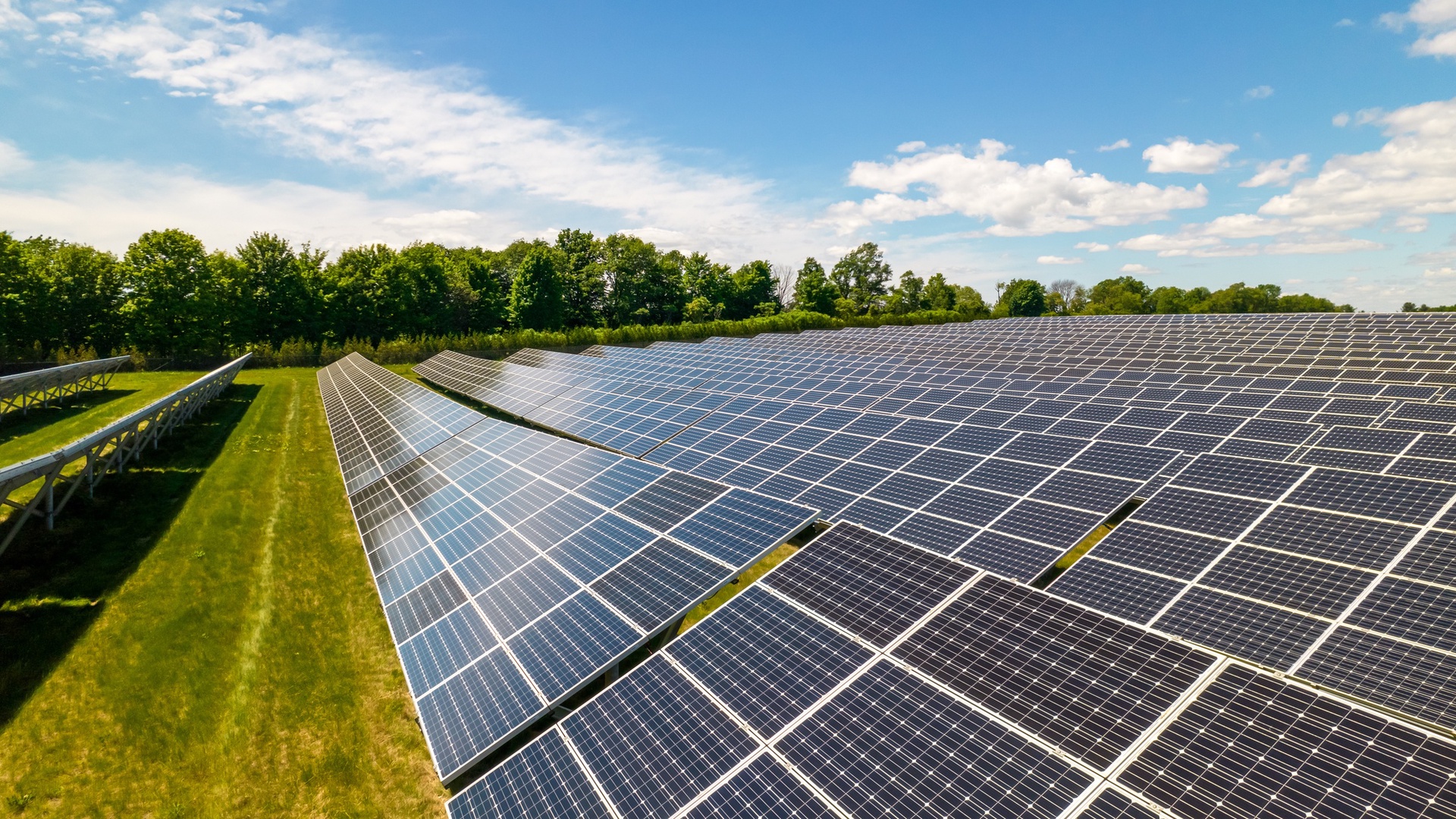

From niche metal to a cornerstone of modern technology, indium's unique properties have made it an indispensable component in the devices that define our age. This silvery-white, soft post-transition metal (atomic number 49) is at the heart of the vibrant displays of our smartphones and televisions, a critical enabler of high-speed communications, and a key ingredient in the quest for clean energy. However, the very technologies that depend on indium are also threatened by its precarious supply chain and the environmental toll of its primary extraction. As demand surges, the recycling of indium is no longer just an environmental consideration but a critical strategic imperative for sustainable innovation.
Indium's remarkable flexibility, high electrical conductivity, and optical transparency in its oxide form have cemented its role in a diverse range of cutting-edge applications. As Indium Tin Oxide (ITO), it forms the transparent conductive layers that are the foundation of virtually all touchscreens and liquid crystal displays (LCDs), enabling the intuitive and interactive interfaces that have become ubiquitous in daily life.
Beyond displays, indium is a vital component in advanced semiconductors. Compounds such as indium antimonide and indium phosphide are integral to the production of high-performance transistors, energy-efficient Light Emitting Diodes (LEDs), and sophisticated laser diodes that power our digital infrastructure.
Furthermore, in the rapidly expanding clean energy sector, indium plays a pivotal role in the manufacturing of thin-film copper indium gallium selenide (CIGS) solar panels. These panels are renowned for their high absorption coefficient and impressive efficiency, making them a crucial tool in the global transition to renewable energy sources.
Despite its technological significance, the primary supply of indium is fraught with constraints and environmental challenges. Indium is not mined directly but is almost exclusively extracted as a byproduct of zinc mining, with smaller quantities recovered from lead, copper, and tin ores. This dependency means that the global supply of indium is intrinsically linked to the demand and production of these other metals, creating a volatile market and limiting the ability to scale up indium production independently.
The geographic concentration of primary indium production further exacerbates these supply risks. China currently dominates the global market, accounting for over 60% of primary indium production. This concentration creates significant geopolitical dependencies and exposes global supply chains to potential disruptions, as evidenced by price volatility. Historical data reveal significant fluctuations in indium prices, driven by shifts in Chinese export policies and overall market demand. For instance, past restrictions on exports from China have led to sharp price increases, highlighting the vulnerability of nations that rely heavily on indium imports for their high-tech and manufacturing sectors.
The environmental footprint of primary indium extraction is another pressing concern. The mining and smelting processes associated with zinc and other base metals can lead to significant environmental degradation. The extraction process can result in the release of heavy metals, such as lead and cadmium, into the surrounding soil and water systems, posing a threat to ecosystems and human health. The large quantities of waste rock and tailings produced during mining also present long-term environmental management challenges. These environmental impacts stand in stark contrast to the sustainability goals of the electronics and clean energy industries that are major consumers of indium.
In response to these multifaceted challenges, indium recycling has emerged as a cornerstone of a more resilient and sustainable supply chain. It is estimated that recycled indium now satisfies nearly 25% of the global demand, a figure that underscores its growing importance. By creating a circular economy for this critical material, recycling mitigates geopolitical risks, stabilizes supply, and drastically reduces the environmental impact associated with primary extraction and processing.
The ever-growing mountain of electronic waste (e-waste) represents a significant and readily available source of indium. LCD screens and touch panels from discarded smartphones, tablets, and monitors are rich in ITO. A variety of sophisticated methods have been developed to efficiently recover this valuable metal:
The end-of-life management of solar panels, particularly CIGS panels, is another crucial frontier for indium recycling. As the first generation of these panels reaches the end of its operational life, efficient recycling processes are essential to recover the valuable materials they contain. Research and development in this area are focused on processes that can effectively separate the complex layers of the solar cells to isolate and recover not only indium but also copper, gallium, and selenium. These processes often involve a combination of mechanical shredding, chemical leaching, and solvent extraction to achieve high recovery rates.
The transition to a circular economy for indium is not merely an environmental aspiration; it is a fundamental business strategy for the future. By embracing recycled indium, companies in the electronics and solar sectors can de-risk their supply chains, enhance their environmental, social, and governance (ESG) performance, and contribute to a more sustainable technological landscape.
High-yield recovery of indium from a variety of waste streams is critical to future-proofing operations against the backdrop of increasing critical mineral scarcity and the escalating demand driven by clean technology innovations. This shift requires a collaborative effort across the entire value chain, from manufacturers and consumers to recyclers and refiners.
Partnering with experts in critical metal recycling is a vital step in this process. Companies like Quest Alloys & Metals, with their proven expertise in the recovery of minor and high-temperature alloys, including various forms of indium scrap such as indium solder and indium tin oxide, play a pivotal role. Their specialized knowledge and advanced processing capabilities ensure high-yield recovery and the responsible management of these valuable resources.
We invite all stakeholders – from electronics manufacturers and e-waste recyclers to solar energy developers and metal refiners – to join in this critical endeavor. By prioritizing sustainable metal sourcing and partnering with trusted leaders in the recycling industry, we can collectively future-proof our operations, strengthen our supply chains, and build a truly circular economy that powers the sustainable innovations of tomorrow.